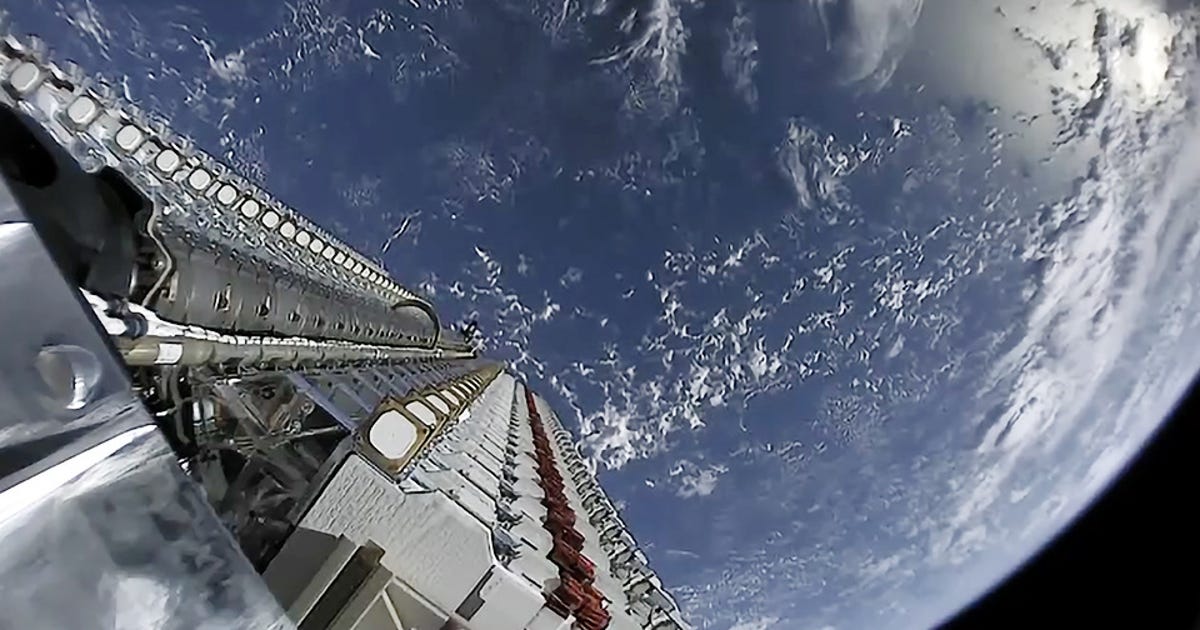Elon Musk’s SpaceX has received permission from the Federal Communications Commission to more than double the number of operational satellites currently orbiting the Earth in coming years.
The FCC is allowing the company to move ahead with plans to launch 7,500 more Starlink broadband internet satellites, which is roughly one-fourth of the 29,988 additional flying routers the company had proposed adding to its nascent mega-constellation in low-Earth orbit.
On Dec. 1, the federal agency approved launching thousands of second generation (Gen2) Starlink routers while deferring action on the remaining 22,000-plus satellites in the request. The authorization permits SpaceX to use Ku and Ka-band frequencies and defers the company’s proposed use of E-band frequencies and tracking beacons.
The new order essentially replaces a previous authorization from the FCC permitting SpaceX to deploy a group of over 7,500 satellites using the V-band. The company has since abandoned that plan.
“This means our action today does not increase the total number of satellites SpaceX is authorized to deploy,” the order reads. “And in fact slightly reduces it, as compared to the total number of satellites SpaceX would potentially have deployed otherwise.”
Still, the move reaffirms the company’s plan to make orbit significantly more crowded. According to the Union of Concerned Scientists, there were 5,465 operational satellites in orbit as of April 30, 2022. That is satellites from all companies, countries and organizations in operation as of that day.
Since then, SpaceX has added more than 1,000 satellites to that number, and the authorization for Gen2 satellites will more than double that total.
Several scientific organizations have expressed concern in recent years over ways the flood of satellites in low-Earth orbit may interfere with astronomical observations and pose a potential threat to operations in orbit for astronauts and other satellites.
SpaceX has responded with pledges to de-orbit the craft on a schedule and to add special coatings and technological improvements to reduce the satellites’ reflectivity.
SpaceX did not immediately respond to a request for comment.
Barring any future orders from the FCC, the authorization essentially ensures that we will see regular and frequent Starlink launches for the remainder of the decade. The order requires that half of the newly approved satellites be operational within six years and that the other half be launched and operational before Dec. 1, 2031.


